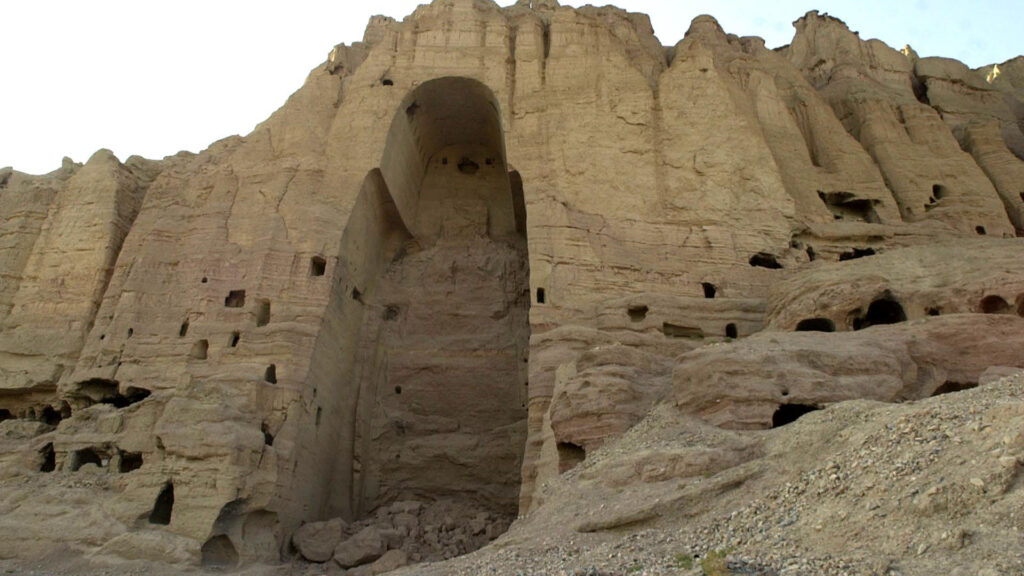Buddhas of Bamiyan – An Iconic Heritage Site
The Buddhas of Bamiyan are two monumental statues of standing Buddhas carved into the side of a cliff in the Bamiyan Valley in the Hazarajat region of central Afghanistan. The statues, which were carved in the 6th century, are the largest examples of standing Buddha carvings in the world and are considered an iconic heritage site.
History of the Buddhas of Bamiyan
The Buddhas of Bamiyan were built during the heyday of the Kushan Empire, which ruled much of Central Asia during the 1st to 5th centuries. The statues were carved from a sandstone cliff and protected by a large carved niche. They stood for nearly 1,500 years until 2001, when the Taliban destroyed them in an act of religious vandalism.
The two Buddhas of Bamiyan were the tallest standing Buddhas in the world. The larger of the two statues measured 38 meters (125 feet) tall, while the smaller statue measured 28 meters (92 feet) tall. Both statues were decorated in intricate designs and were once brightly painted with gold and other colors.
The Buddhas of Bamiyan attracted pilgrims from all over the world, and were an important part of the Buddhist tradition in the region. They were also a source of pride for the local Hazara people, who were the custodians of the site.
International Reactions to the Destruction of the Buddhas
The destruction of the Buddhas of Bamiyan in 2001 sparked international outrage. The United Nations condemned the Taliban’s actions and called for the immediate restoration of the statues. The international community also pledged millions of dollars to support the reconstruction of the Buddhas of Bamiyan.
However, to date, the Buddhas of Bamiyan remain in ruins, and the site remains a reminder of the Taliban’s destructive actions.
The Future of the Site
Today, the Buddhas of Bamiyan are a UNESCO World Heritage Site and a protected cultural landmark. The site is now managed by the Afghan government, which is working to preserve the remains of the Buddhas and promote tourism to the region.
In recent years, the Afghan government has launched a number of initiatives to restore the Buddhas of Bamiyan. These initiatives include the construction of a museum and visitor center, as well as the restoration of the statues’ carved niche.
Visiting the Buddhas of Bamiyan
The Buddhas of Bamiyan are located approximately 240 kilometers (150 miles) northwest of Kabul. The site is accessible by road and can be reached by car or bus from Kabul.
Visitors to the site can explore the remains of the Buddhas, as well as the nearby museum and visitor center. The museum houses artifacts from the region’s Buddhist history, while the visitor center offers information about the Buddhas of Bamiyan and the region’s history and culture.
Visitors can also explore the Bamiyan Valley, which is home to a number of Buddhist sites and ancient ruins.
The Buddhas of Bamiyan are an iconic heritage site and an important reminder of Afghanistan’s rich Buddhist history. The site is also a valuable reminder of the destruction caused by the Taliban’s actions and the ongoing efforts to preserve and protect Afghanistan’s cultural heritage.

